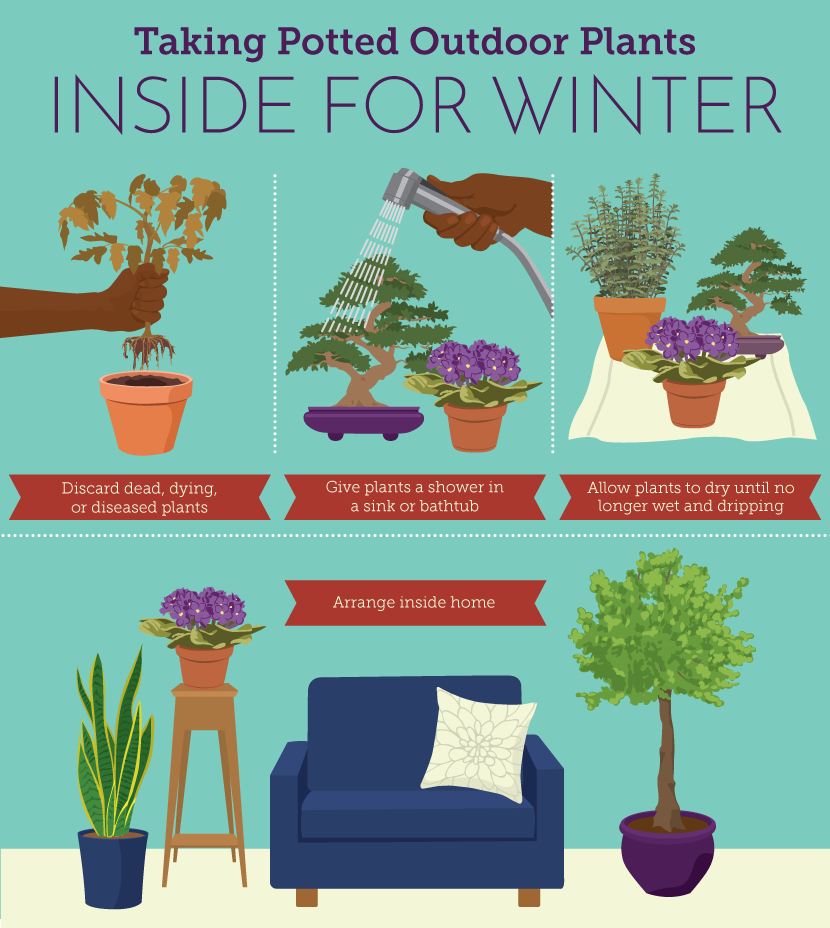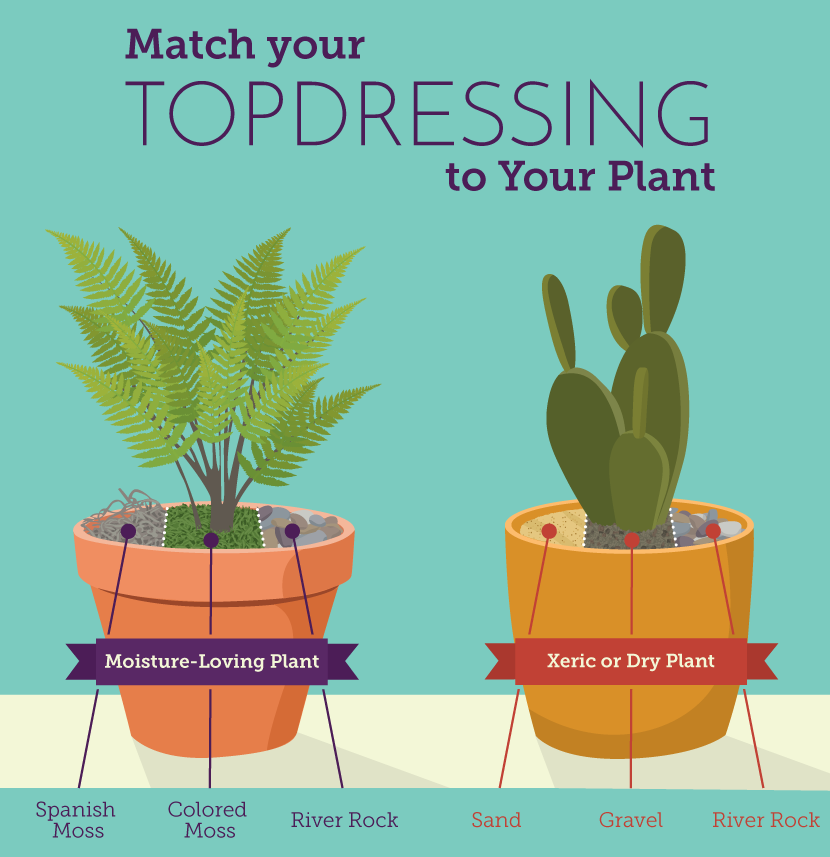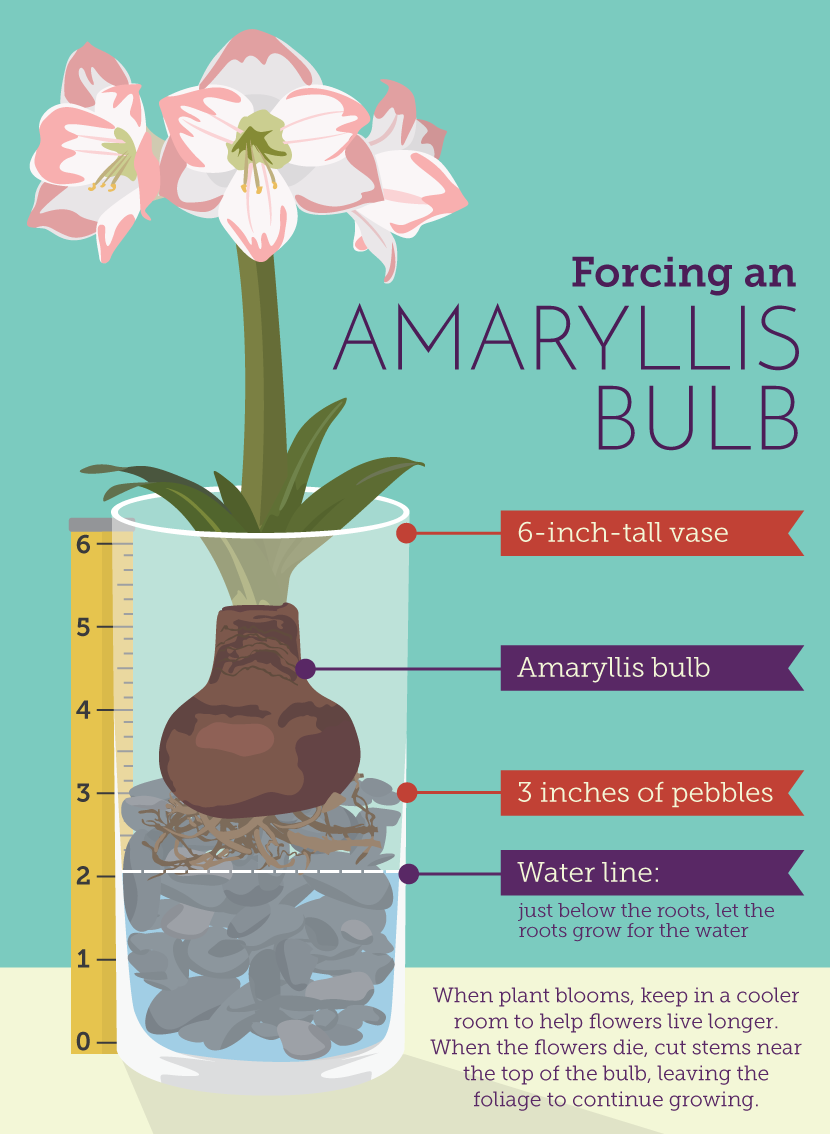Guide to Winter Houseplants
Creating a Striking Interior Display for Colder Months
While some lucky gardeners live in mild climates where they can garden year round, many of us garden in areas that receive colder temperatures, regular freezes, and snow. It can make a gardener gloomy to forego months of their favorite outside activity, but there’s no reason to give up gardening altogether until the air warms up. Try bringing some of the outside in with houseplants – the greening of your interior space can keep you occupied, enhance your décor, and expand your hobby year round.
Bring Your Patio Plants Inside
Within reason, most of the tropical plants that you enjoyed during July on your deck or patio will fare very well indoors for the winter. But there’s a trick to bringing these plants inside – because if you unceremoniously drag them all in, they will protest loudly and thank you with dropped leaves and sickly growth. Why? Because an abrupt change in their environment doesn’t leave them enough time to acclimate to their new digs. The secret is to take your time as you slowly bring them indoors. Here are the steps:
- Discard any plant that is diseased, dying, or dead. This includes warm weather annuals (marigolds, impatiens, zinnias) that were never intended to live longer than a few months in the first place. If they are dead, you can compost them, but if they are diseased, discard them into the trash.
- Gather the rest of your potted plants (hibiscus, palms, ferns, etc.) from around your yard and move them up to the patio or deck right by your house. Leave them there for 1–2 weeks – this is where they will begin to acclimate to a different level of light.
- Bring them inside and put them in your bathtub for a quick shower – this will not only clean them up but will help to remove any insects that are lingering on the foliage.
- After they have dried, place them around your home – living room, bedroom, dining room, and bathroom.

Add Some Easy Houseplants to Your Collection
If you are very new to houseplants, start with the tried and true varieties that are the easiest to grow. After all, everyone likes to experience success when they’re trying something new, right? These plants will do well with minimal care – in fact, they will dislike it if you fuss over them too much.
- Easy – The ubiquitous Boston fern (Nephrolepis exaltata) is an easy-care plant for newbies, as are the oversized Ficus tree (Ficus benjamina), calathea (Calathea spp.), and dieffenbachia (Dieffenbachia spp.). These plants, although relatively simple to grow, may have some minor peculiarities in terms of care and maintenance, but they are dependable options for first-timers.
- Easier – Try Norfolk Island Pine (Araucaria heterophylla), Chinese evergreen (Aglaonema), fiddle leaf fig (Ficus lyrata), and peperomia (Peperomia spp.) for interesting foliage with minimal maintenance.
- Easiest – The nearly indestructible houseplants, thankfully, are a large group. From the obvious cactus and succulents to pothos (Epipremnum aureum), snake plant (Sansevieria trifasciata laurentii), and dracaena (Dracaena marginata), these plants will take almost any abuse you can throw at them with the exception of overwatering or poor drainage.
Try Easy Displays For Maximum Impact
Now, there’s nothing wrong with putting one houseplant in a pot and calling it a day, but if you want to create some drama while still keeping it easy, there are a few great options for you.
- Vertical planters – Use your vertical space to create dramatic living wall planters. There are several companies that make vertical wall planters from wood, plastic, or even recycled plastic – a quick Google search will show you the options. For easiest installation and care, look for the ones that have hidden water reservoirs to make maintenance easy while protecting your floors and walls from leaks.
- Terrariums – Create an oversized terrarium to be a focal point of the room. Using a large (18” high or even larger) clear glass container, layer interesting materials (soils, gravels, moss) before adding your plants. Set it in the middle of your dining room table or on a coffee table for instant drama.
- Under-plant your large trees – Many of us like to use trees (ficus, palms, or fiddle leaf fig) for those tall corners of our rooms. But if you plant just that one tree in the container and stop there, you’re missing an opportunity to layer your plantings. Use smaller plants at the base, or even plants that trail over the edge of the container. This way, you create more drama while having two or more plants in the footprint of one planter: more plants with easy, one-stop maintenance.

Try some new and unusual plants
If you’ve been house-planting for a while and consider yourself a step above “newbie,” consider expanding your collection with some more exotic or unusual plants. There are a few that I reach for every time I want to add some excitement – and they aren’t necessarily more difficult to grow, either. Look for air plants (Tillandsia spp.), lithops (Lithops spp.), rhipsalis (Rhipsalis spp.), Rex begonias (Begonia rex), and staghorn ferns (Platycerium). These plants have interesting textures, other-worldly forms and sometimes shocking colorations. You can find them at your local garden center, at specialty sites online, or sometimes even in the garden section of your home improvement store.
Add finishing touches. The pros know that the planting is only one part of creating a stunning houseplant display. Once you’ve gotten your plants in their containers, look for ways to add top dressings to give your plantings a complete finish. My rule of thumb is that I don’t want to see exposed soil, ever, in my houseplants – so I add smooth river rock, crunchy gravel, or textural mosses that I find bagged in the floral department of my craft store. Make sure to choose the appropriate top dressings for your plants, because while some retain soil moisture, others will allow the water to drain through faster.

Don’t Forget the Holiday Plants!
Holidays are a great time to add some wintery interest to your interior. Poinsettias are a Christmastime favorite, but don’t forget Christmas cactus (Euphorbia pulcherrima), Norfolk Island pines (Araucaria heterophylla), and flower bulbs that can be forced indoors (amaryllis, paperwhites, and fragrant hyacinth). While you can purchase bulbs already in a decorative container for display, you can save a lot of money by doing it yourself. Forcing an amaryllis bulb in water is particularly easy – simply take a clear glass container, add some pebbles or gravel in the bottom, place the bulb on top, add water and watch the bulb grow and flower.
Embed the article on your site

